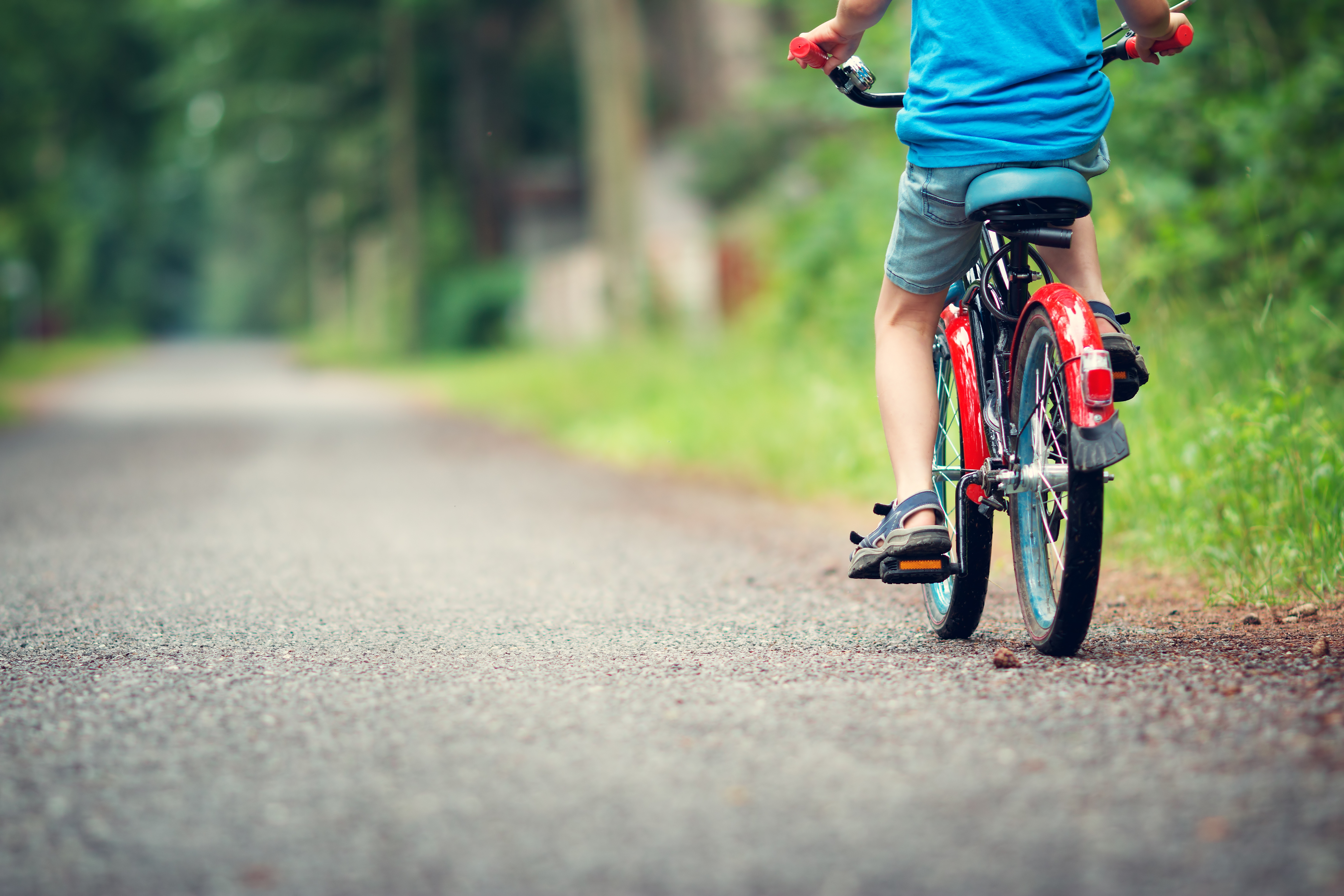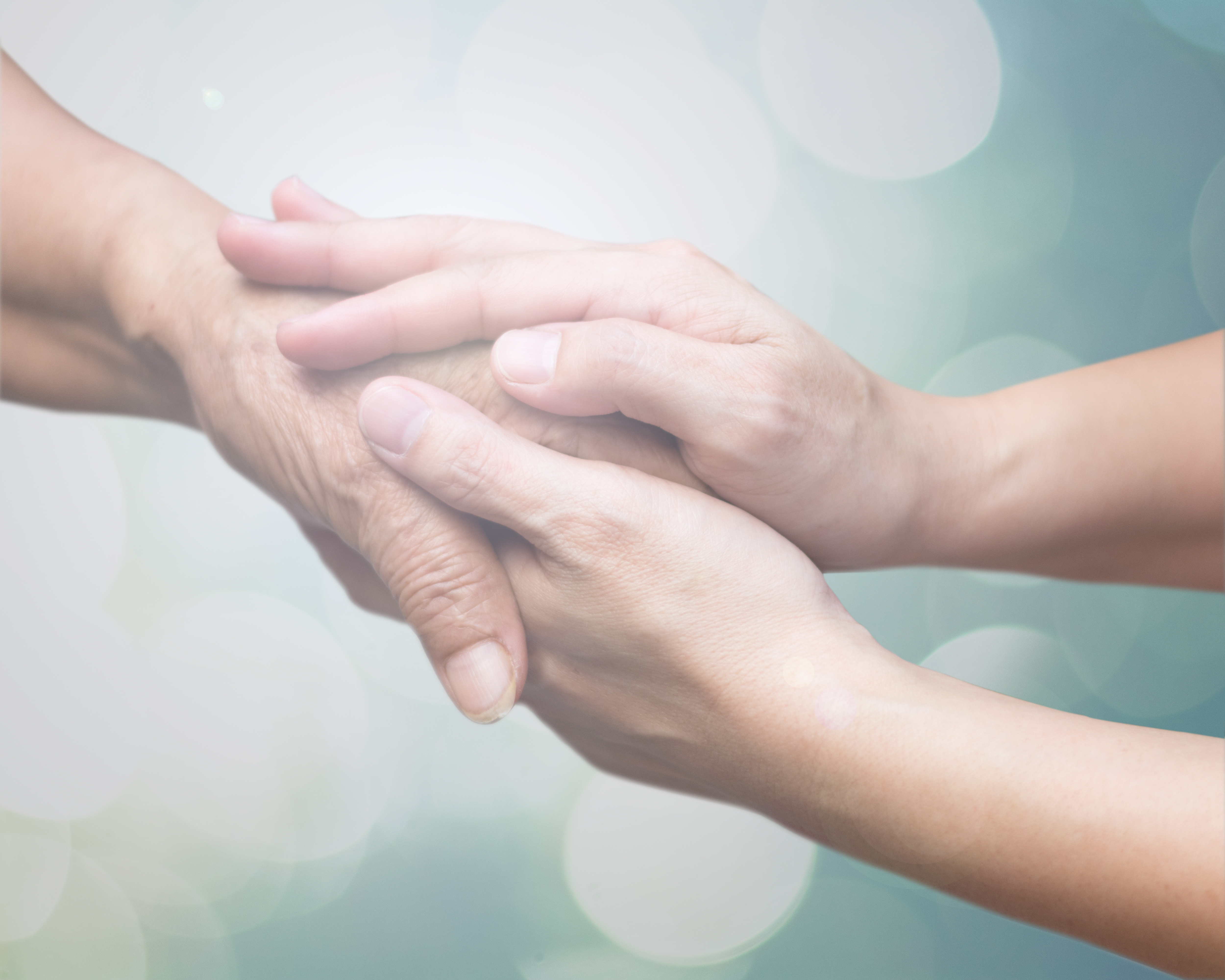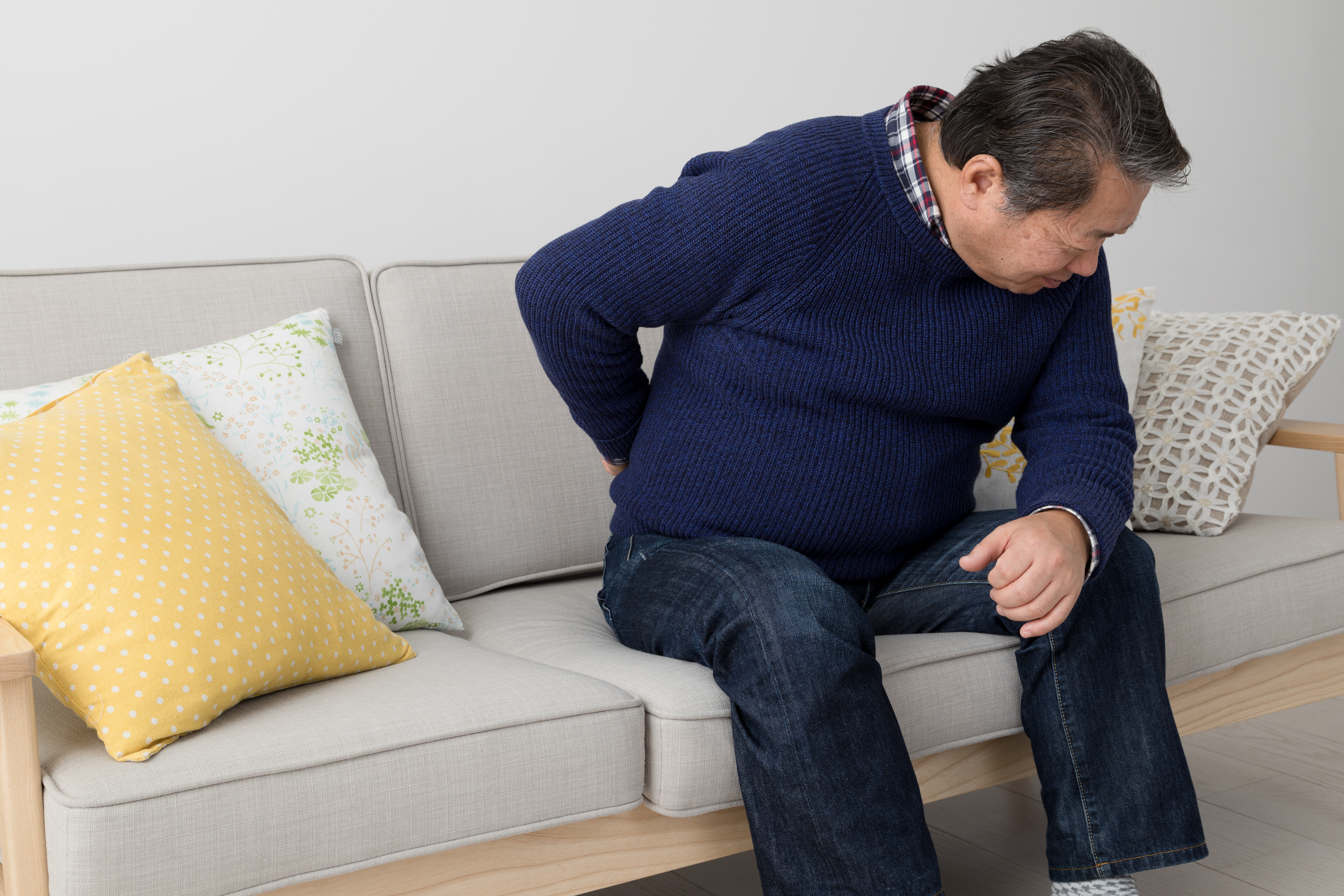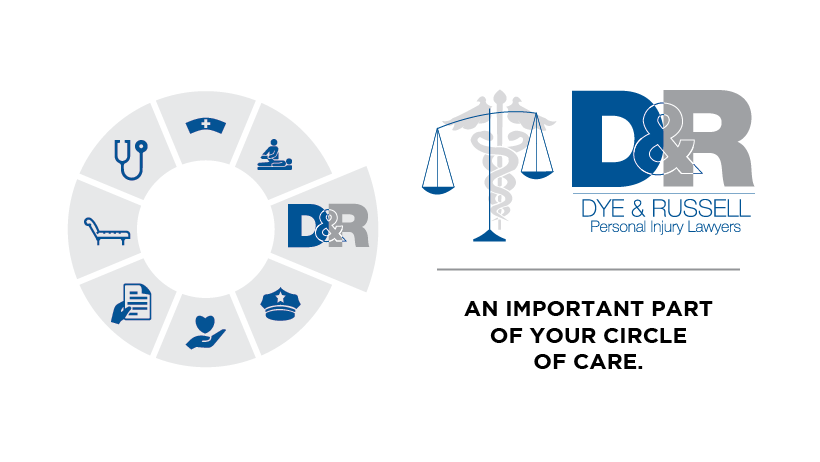It’s shocking how many Ontarians are driving fatigued or drowsy. A study estimates that 27% of crashes resulting in fatality or injury are related to fatigued driving. Also, a public opinion poll found nearly 60% of Ontario drivers admit to driving fatigued sometimes at the very least and 14.5% have admitted to falling asleep or nodding off while driving in the past year.
Here are five key ways to avoid driving while drowsy and stay safe on the road from The Canada Safety Council:
1. Drive only when rested
Getting behind the wheel when you’re fatigued or drowsy puts others at risk. If you are going to be driving in the near future plan ahead for a good night’s rest. If you are fatigued and need to drive somewhere either sleep first, find a way to cancel or postpone the trip to another time when you’ll be alert, or get a rested person to drive instead.
2. Keep your mind alert
While you’re driving do things that help keep you alert. Listening to up-tempo music, talking to company in the vehicle, and chewing gum are all things that might work for you. Make sure to actively watch road signs and traffic and keep your head up and shoulders back while changing position frequently.
3. Find a safe place to stop
If you’re taking a long trip you should be especially be aware of your energy levels and whether you’re feeling fatigued or drowsy. Relying on coffee to keep you awake and not stopping can be dangerous. Every couple hours you should take a break from driving and pull off the road for some exercise and fresh air. If you are sleepy find a safe place to take a nap or spend the night at a hotel.
4. Be careful about what you eat and drink
Make sure to hydrate and eat high-protein snacks over heavy or fatty foods that will make you sleepy. If you are going to be driving you should avoid alcohol and medications that can that can cause fatigue or drowsiness. If you need to take medication talk with your doctor to find out how to lessen it’s effects on driving.
5. Drive defensively
While driving make sure to be prepared to prevent a collision if other drivers around you are drowsy. Driving defensively is important to protect yourself.
Drowsy driving is extremely dangerous.
Fast dial #1000 free from your cell and we’ll get you the support you need.















